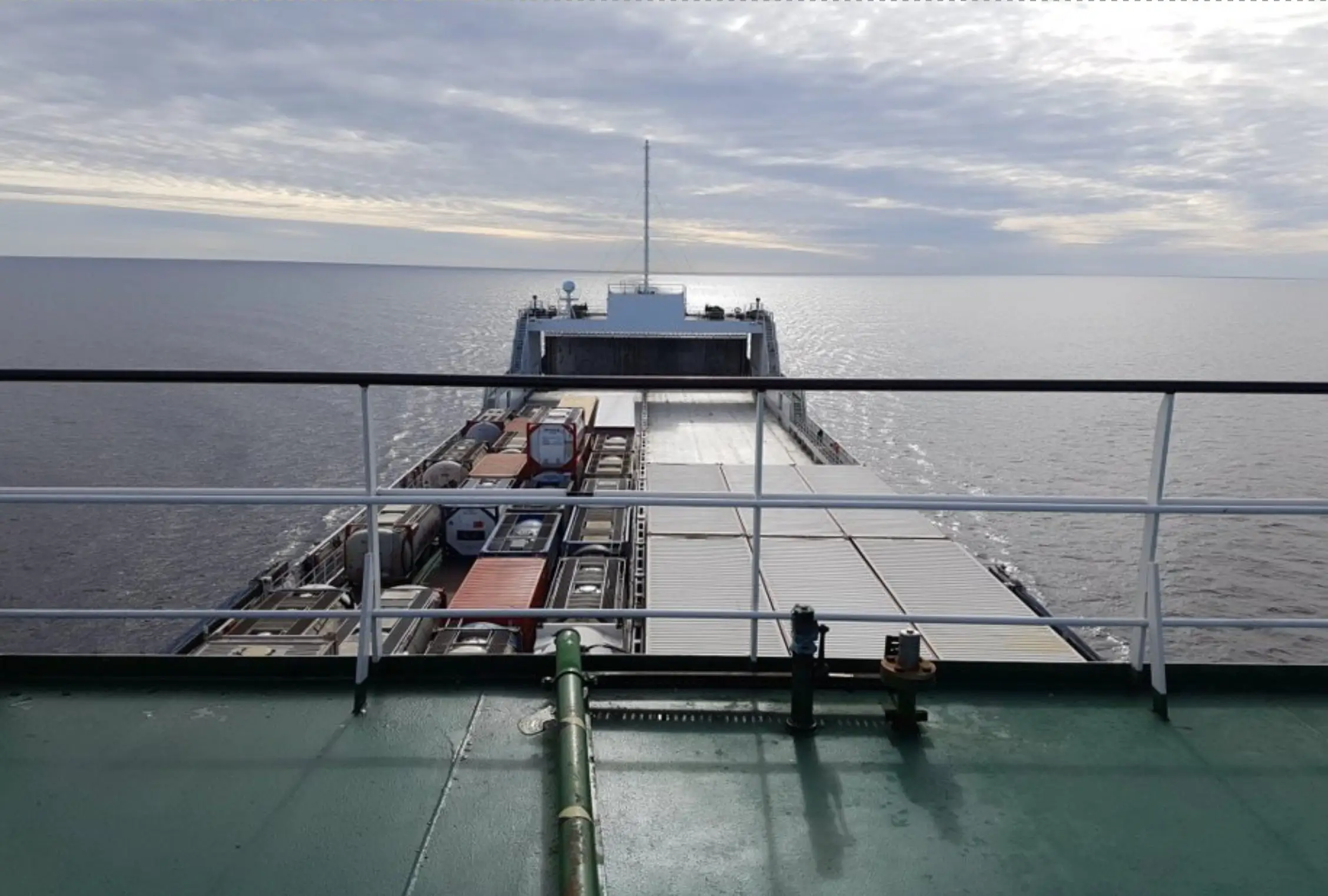Dry dock inspection

Challenge
Detection of incidents in ship hulls is a critical aspect of maritime safety and maintenance, yet current inspection methods present numerous challenges and risks. Vessels are constantly exposed to environmental pressures, necessitating periodic inspections to identify damages before they compromise the structural integrity of the ship. However, traditional inspection processes, which often involve manual methods using diesel-powered crane machines, scaffolding, and rope access climbers, pose significant safety hazards. Rope access climbers, in particular, face the constant risk of falls, with reported fatalities and incidents of dropped objects highlighting the dangers associated with these inspections.
Furthermore, the current inspection approach is time-consuming and inefficient. Inspections typically last up to 96 hours spread over 4 days in dry dock, with a team of rope access climbers manually capturing images of visible damages. However, this method provides only a limited dataset, constrained by the inspector's experience and focused solely on identified faults. The lack of comprehensive imaging of the entire ship hull limits the effectiveness of the inspection process, resulting in missed or overlooked damages.
The financial implications of these shortcomings are significant. In the US alone, owners spent approximately €2.7 billion on dry dock repairs in 2019, with additional costs stemming from lost revenues during inspections accounting for an estimated €7.4 billion annually for the global fleet. The total yearly expenditure on dry dock inspections and repairs amounts to a staggering €10.1 billion, underscoring the urgent need for more efficient and cost-effective solutions.
Solution
Upteko's innovative solution revolutionizes the dry dock inspection process by leveraging drone technology. Upon entering the dry dock, the Upteko multipurpose drone, known as LARK™, launches and performs a fixed flight pattern around the ship, capturing a comprehensive dataset of images in a fraction of the time required by traditional methods. This data is then processed using AI algorithms to create a 2D mosaic dataset, enabling the identification and tracking of damage over time.
In Conclusion
By automating and streamlining the inspection process, Upteko's solution reduces risks associated with manual inspections, enhances efficiency, and provides a more accurate and comprehensive assessment of vessel performance and structure. This transformative approach not only improves safety standards but also offers significant cost savings for ship owners by minimizing downtime and optimizing maintenance efforts. Ultimately, Upteko's technology represents a paradigm shift in ship hull inspection, ensuring safer and more efficient operations for the maritime industry.
.svg)